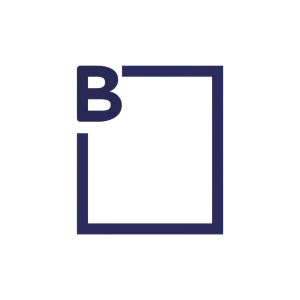ExOne Joins Additive Manufacturing Consortium to Develop Oil & Gas and Maritime Quality Standards
The ExOne Company (Nasdaq: XONE) has joined a consortium led by DNV GL, which aims to establish industry-wide quality assurance guidelines for additive manufacturing. The consortium, founded in 2018, now comprises 16 key players, including Equinor and Saudi Aramco. A new standard, DNVGL-ST-B203, was released in February, focusing on wire-arc and laser-based additive manufacturing. ExOne's CEO emphasized the importance of quality standards as manufacturers transition to new technologies, highlighting the benefits of binder jetting technology in the oil and gas sectors.
- ExOne joins a consortium with 16 industry leaders to establish quality standards for additive manufacturing.
- The consortium's new standard aims to expand the use of binder jetting technology in the oil and gas sector.
- None.
Insights
Analyzing...
NORTH HUNTINGDON, Pa.--(BUSINESS WIRE)--The ExOne Company (Nasdaq: XONE), the global leader in industrial sand and metal 3D printers using binder jetting technology, today announced it is one of 16 companies participating in a consortium led by DNV GL, the world’s leading risk management and quality assurance society for the oil & gas and maritime industries.
The consortium was founded in 2018 with the goal of developing an industry-accepted guideline for quality assurance of additively manufacturing parts.
Today, the consortium includes the entire value chain of operators, contractors and fabricators: Equinor, Saudi Aramco, Siemens, Kongsberg Maritime, Voestalpine, Guaranteed, IMI CCI, Kongsberg Ferrotech, Addilan, BMT Aerospace, FIT AG, Howco Group, ImphyTek Powders, Intertek, XDM3D and ExOne.
In February, the consortium released a new standard, “Additive manufacturing of metallic parts” (DNVGL-ST-B203) for the oil & gas sector, which is focused on wire-arc additive manufacturing (WAAM) and laser-based powder bed fusion (PBF-LM). Now, the group is expanding its effort to incorporate more AM technologies, such as binder jetting technology (BJT).
“As manufacturers around the world move to new additive manufacturing technologies, it’s important that they have standards to ensure the quality of their AM parts and products,” said John Hartner, ExOne CEO. “Binder jetting technology already delivers many benefits to the oil & gas and maritime industries, and we’re eager to expand that reach with new quality standards. Our binder jetting technology can help manufacturers 3D print large or small parts in high volumes that bring them broad benefits.”
About ExOne
ExOne is the pioneer and global leader in binder jet 3D printing technology. Since 1995, we’ve been on a mission to deliver powerful 3D printers that solve the toughest problems and enable world-changing innovations. Our 3D printing systems quickly transform powder materials — including metals, ceramics, composites and sand — into precision parts, metalcasting molds and cores, and innovative tooling solutions. Industrial customers use our technology to save time and money, reduce waste, improve their manufacturing flexibility, and deliver designs and products that were once impossible. As home to the world’s leading team of binder jetting experts, ExOne also provides specialized 3D printing services, including on-demand production of mission-critical parts, as well as engineering and design consulting. Learn more about ExOne at www.exone.com or on Twitter at @ExOneCo. We invite you to join with us to #MakeMetalGreen™.







